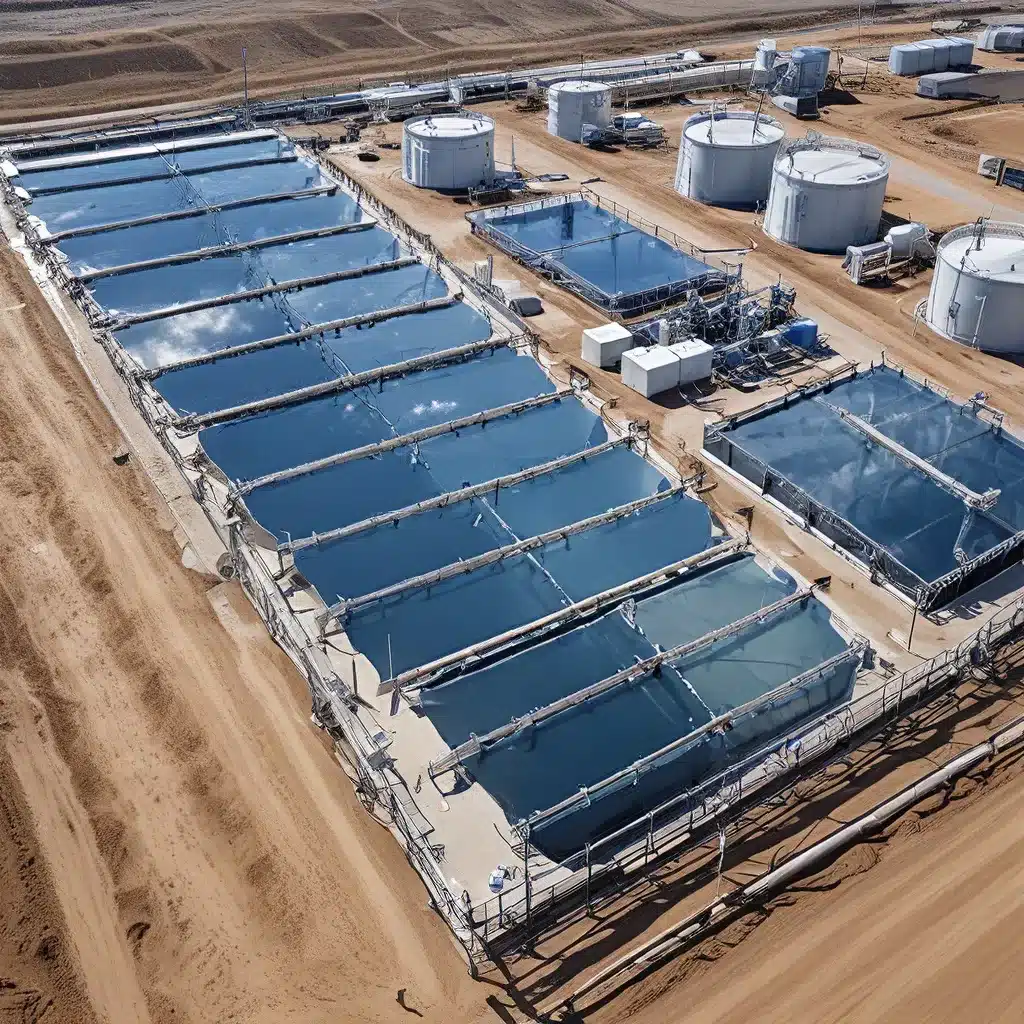
As I sip my morning coffee, the gentle hum of my home’s water purifier reminds me of the incredible advancements happening in the world of water treatment. From cutting-edge membrane technologies to revolutionary disinfection methods, the future of water management is poised to transform the way we think about this precious resource.
Membrane Marvels: Pushing the Boundaries of Filtration
One of the most exciting frontiers in water treatment is the rapid evolution of membrane technologies. These semi-permeable barriers have long been the backbone of modern water purification, but the latest innovations are taking filtration to new heights. Recent studies highlight the emergence of highly selective membranes that can remove even the smallest contaminants, including viruses and microplastics, with unprecedented efficiency.
Imagine a future where every household has a compact, energy-efficient membrane system that can transform even the most polluted water into crystal-clear, safe-to-drink elixir. This vision is no longer just a dream, as researchers work tirelessly to make this a reality.
One particularly promising avenue is the development of biomimetic membranes, which take inspiration from the intricate filtering mechanisms found in nature. These cutting-edge materials mimic the selective permeability of biological membranes, allowing for the precise control of water flow and the targeted removal of specific contaminants. As these technologies mature, we may see a paradigm shift in how we approach water purification, moving away from the one-size-fits-all solutions of the past.
Disinfection Disruption: Rethinking Water Sanitation
While membrane technologies are transforming the physical filtration of water, another exciting frontier lies in the realm of disinfection. Traditional methods, such as chlorination and UV radiation, have served us well, but they come with their own set of limitations and drawbacks.
Enter the era of advanced oxidation processes (AOPs). These innovative techniques harness the power of highly reactive chemical species, like hydroxyl radicals or ozone, to break down even the most stubborn organic contaminants and pathogens. Aquatech Amsterdam 2023 highlighted the growing adoption of AOPs in water treatment plants, showcasing their ability to tackle everything from pharmaceuticals to microplastics.
Imagine a future where water treatment facilities can efficiently eliminate a wide array of emerging contaminants, without the need for harsh chemicals or energy-intensive processes. This is the promise of AOPs, and the implications are far-reaching. Not only can they improve the overall quality of our drinking water, but they can also play a vital role in wastewater reclamation and the safe reuse of water resources.
Harnessing Nature’s Secrets: Bioremediation Breakthroughs
While technological advancements are paving the way for a brighter water future, we mustn’t overlook the power of nature itself. Bioremediation, the use of living organisms to clean up environmental contamination, is an increasingly popular approach that holds immense potential.
Imagine a world where specialized microbes and plants work in harmony to break down and remove pollutants from our waterways, restoring the natural balance – a true symbiosis between technology and nature.
Emerging research showcases the remarkable capabilities of these biological systems, which can tackle everything from heavy metals to persistent organic compounds. The beauty of bioremediation lies in its inherent sustainability, as these natural processes work to rejuvenate ecosystems without the need for energy-intensive or chemical-based treatments.
As we delve deeper into the complex workings of microbial communities and plant-based filtration systems, the possibilities for water treatment become truly boundless. Who knows what other secrets nature holds, waiting to be unlocked and harnessed for the benefit of our precious water resources?
Holistic Approaches: Integrating Technologies for Comprehensive Solutions
The future of water treatment is not just about isolated technological breakthroughs, but rather the seamless integration of these innovations into comprehensive, holistic systems. Imagine a world where membrane filtration, advanced oxidation, and bioremediation work in perfect harmony, creating a water management ecosystem that is both highly efficient and environmentally sustainable.
This vision is already starting to take shape, as forward-thinking water treatment providers explore the synergies between different technologies. By strategically combining these cutting-edge approaches, we can create customized solutions that address the unique challenges and needs of diverse water-related applications, from municipal water supplies to industrial wastewater treatment.
The key to unlocking this future lies in the ability to tailor these integrated systems to specific contexts, leveraging the strengths of each technology to achieve optimum results. This requires a deep understanding of the underlying science, as well as a keen eye for the practical realities of water treatment operations.
As I contemplate the future, I can’t help but feel a sense of excitement and optimism. The water treatment industry is on the cusp of a revolutionary transformation, and the Inland Waters, Inc. team is poised to be at the forefront of this change. By embracing the latest innovations and forging strategic partnerships, we can help shape a future where clean, sustainable water is not just a luxury, but a fundamental right for all.


